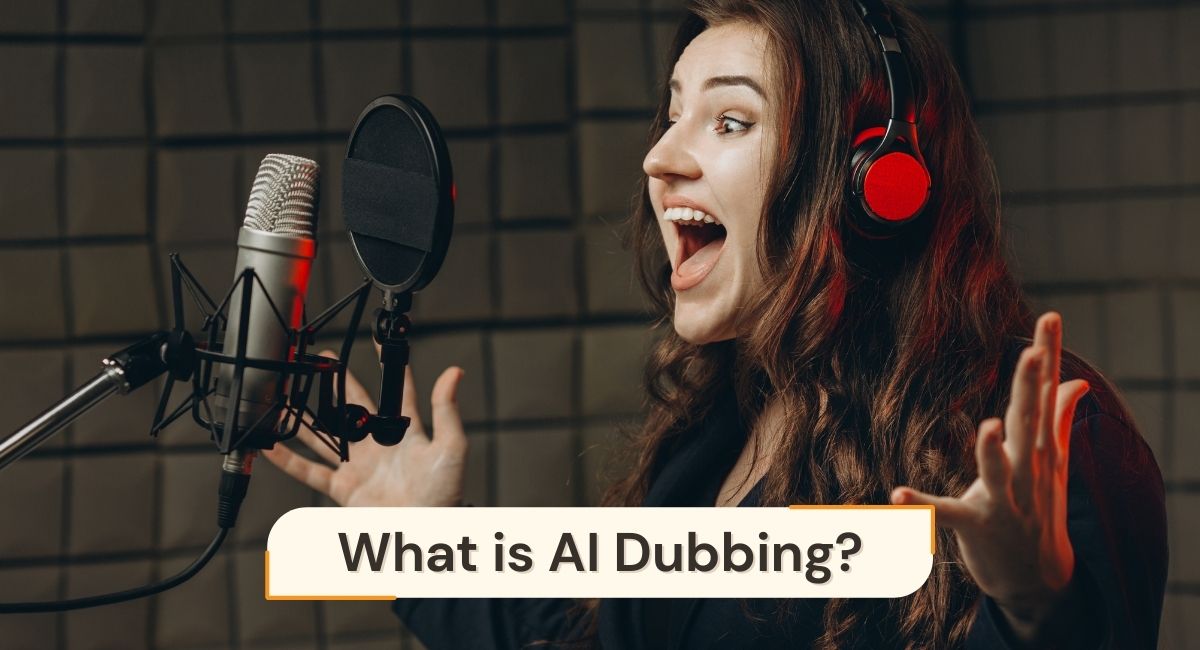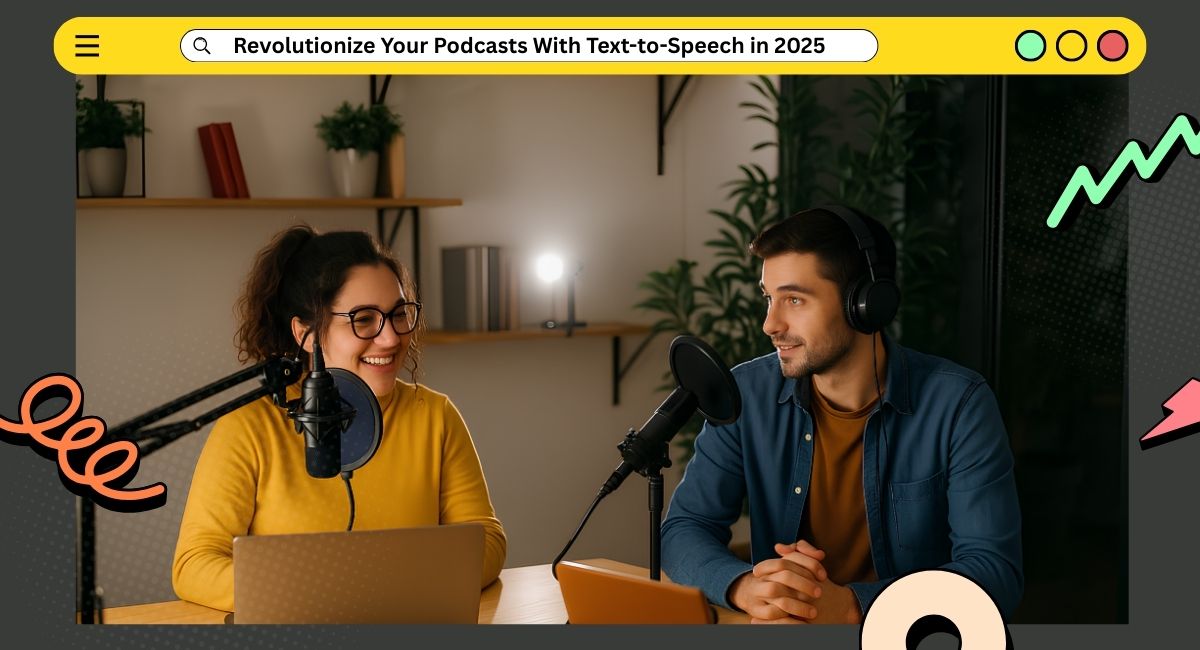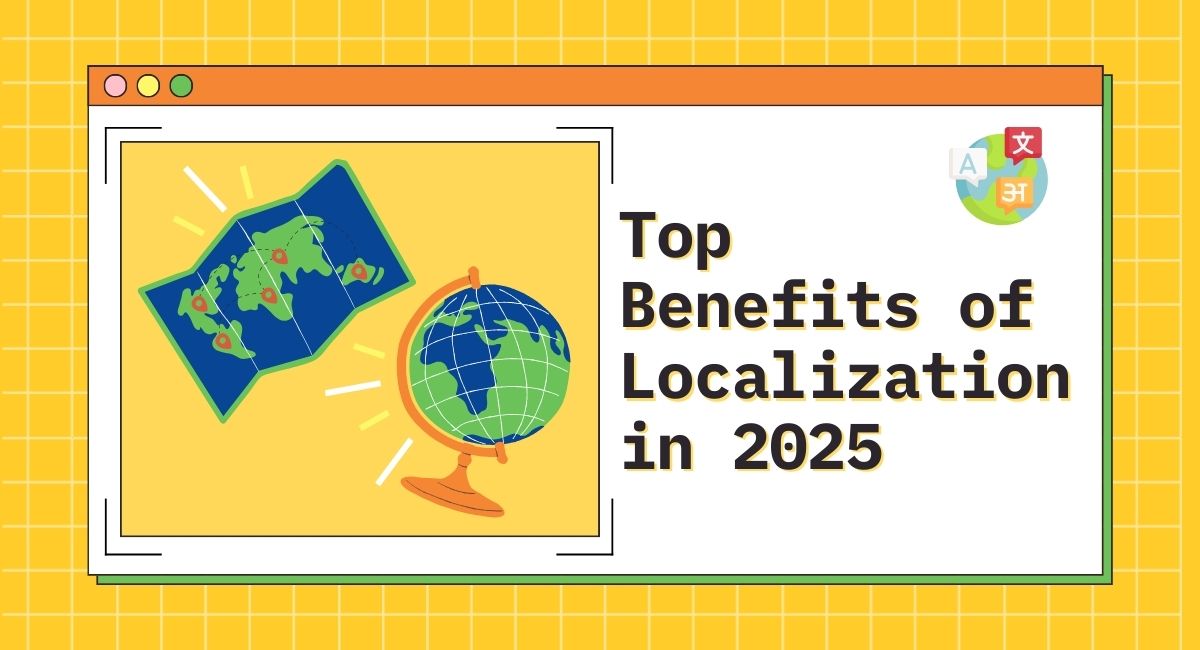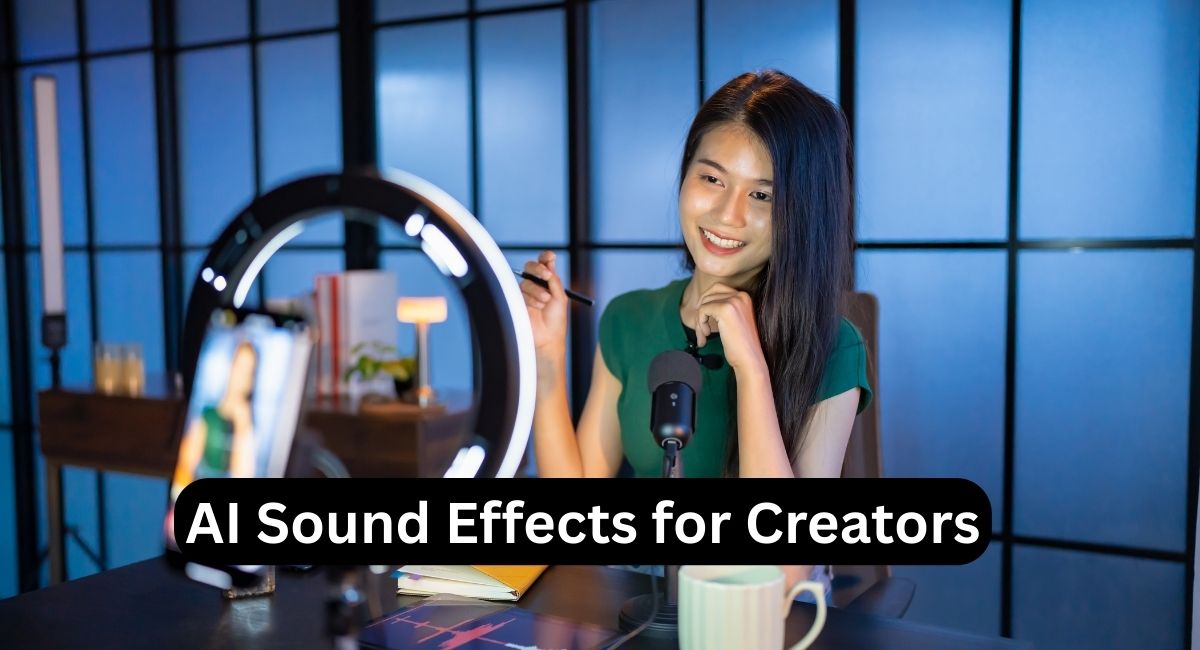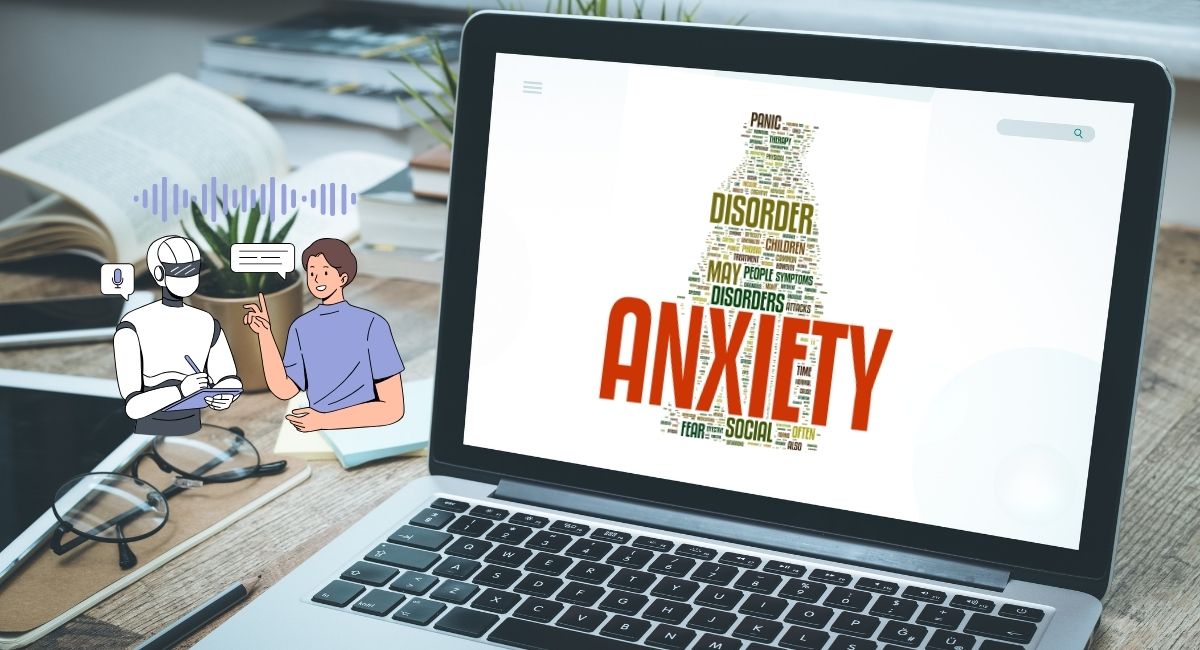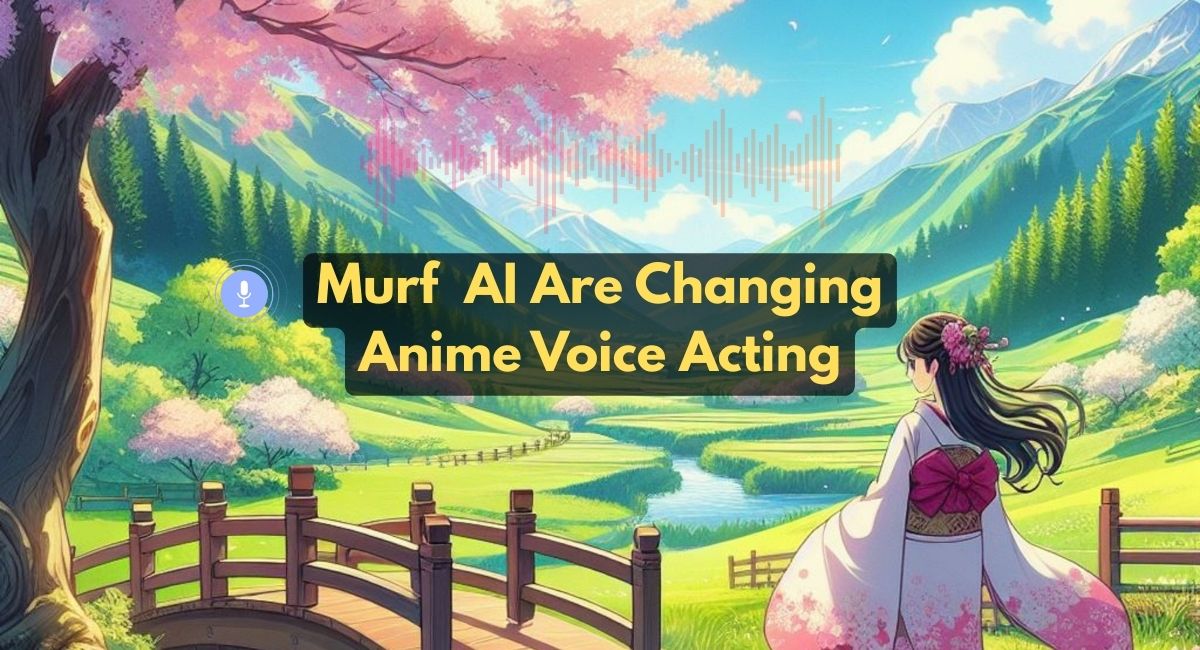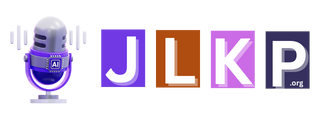Dubbing is the magic that makes global hits like Money Heist and Squid Game accessible and enjoyable for audiences around the world.
Traditionally, dubbing involved skilled voice actors and long production timelines. But now, AI dubbing is reshaping how stories cross borders – making it cheaper, faster, and more scalable.
We’ll explore what AI dubbing is, how it works, and why it’s revolutionizing video localization in this guide.
Contents
What is AI Dubbing?
AI dubbing uses advanced speech synthesis, voice cloning, and lip-syncing technology to translate and recreate voices in another language — all while matching tone, emotion, and timing.
Instead of re-recording dialogue manually, AI can:
- Translate scripts
- Generate lifelike voices
- Sync audio with lip movements
- Retain the speaker’s original style and personality
The result? Videos that feel authentic, emotionally engaging, and ready for global audiences — without the lengthy production schedules.
Why AI Dubbing Matters
AI dubbing isn’t just a tech gimmick. It’s solving real problems for content creators, brands, and media companies.
- ⚡ Speed at Scale – Localize content into dozens of languages in hours, not weeks.
- 💰 Cost-Effective – Cut dubbing costs by up to 95% compared to traditional methods.
- 🎯 Consistency – Maintain the same voice tone across multiple projects or seasons.
- 🌎 Global Reach – Make your content accessible to audiences worldwide.
Types of AI Dubbing
AI dubbing comes in different flavors, each suited for specific needs:
1. Wholly Automated TTS Dubbing
A fully AI-powered process that converts translated scripts into lifelike voices using neural text-to-speech (TTS).
✅ Best for: e-learning, corporate videos, and bulk content localization.
2. TTS with Human in the Loop
A hybrid model where AI does the heavy lifting, but humans refine translations and emotional delivery.
✅ Best for: Marketing videos, entertainment content, and culturally sensitive projects.
3. Cross-Lingual Prosody Transfer (XLPT)
Keeps the emotion, tone, and speaking style intact across languages.
✅ Best for: Films, high-quality TV shows, and audience-driven storytelling.
4. Voice Cloning
Replicates the original speaker’s voice in another language — preserving identity and uniqueness.
✅ Best for: Brand voices, celebrity content, and personalized media.
5. Lip-Synced AI Dubbing
Matches translated audio perfectly with lip movements for a seamless viewing experience.
✅ Best for: Movies, TV shows, and social media ads.
AI Dubbing vs Traditional Dubbing
| Factor | AI Dubbing | Traditional Dubbing |
|---|---|---|
| Cost | 90–95% cheaper, no need for studios or large crews | Expensive due to actors, studios, and coordination |
| Speed | Hours to days | Weeks to months |
| Scalability | Dozens of languages instantly | Limited to a few languages at a time |
| Consistency | Same voice quality over time | May vary if actors change |
| Emotion & Culture | Needs human review for emotional depth | Strong emotional & cultural authenticity |
How to dub a video using Murf AI
Filmmakers, creators, and studios can easily dub videos into multiple languages in different voices and styles with Murf, a top-rated AI dubbing tool.
You can dub your videos using Murf AI by following this step-by-step guide.
Step 1: Click Create Project on Murf Dub after you log in.
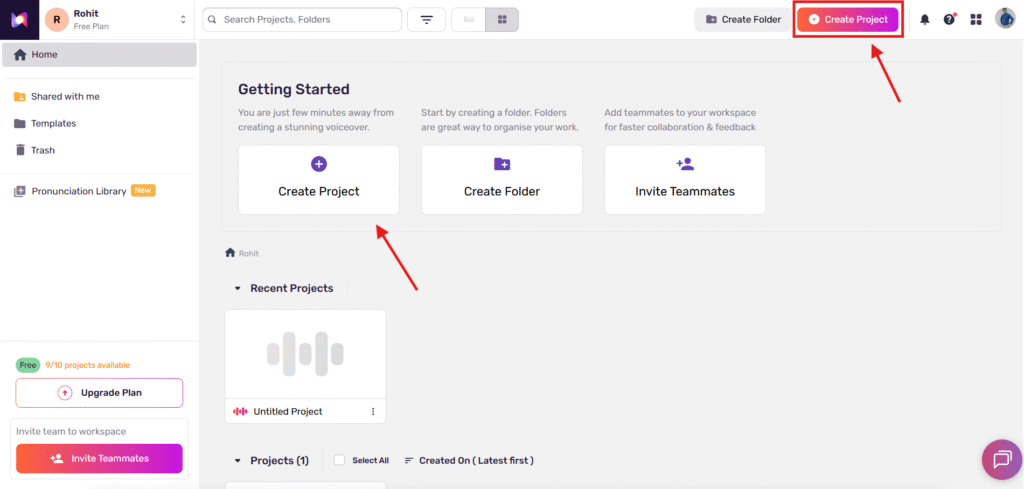
Step 2: Choose a name for your project and click Next.
Step 3: You can upload video files, audio tracks, and other files to Murf Dub by clicking Browse on Computer and Next. This makes it easy for you to work with any file you have on your project.
Step 4: Choose Automated Dubbing upon completion of the upload.
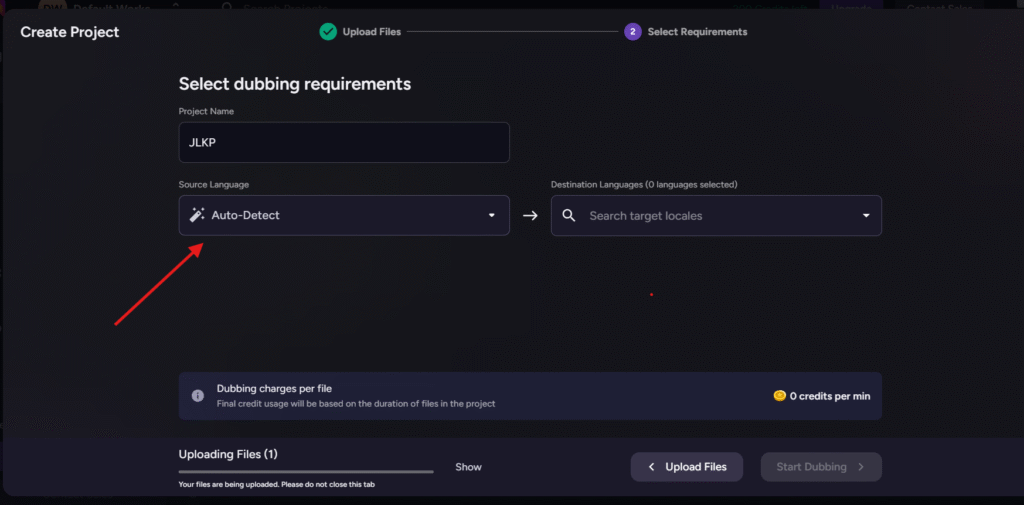
Step 5: The next step is to choose Auto-Detect for the source language and English (US & Canada & Any Other) for the target language. If you wish, you can select more languages. Click Next when you are finished.

Step 6: A summary page with all the project details will appear.
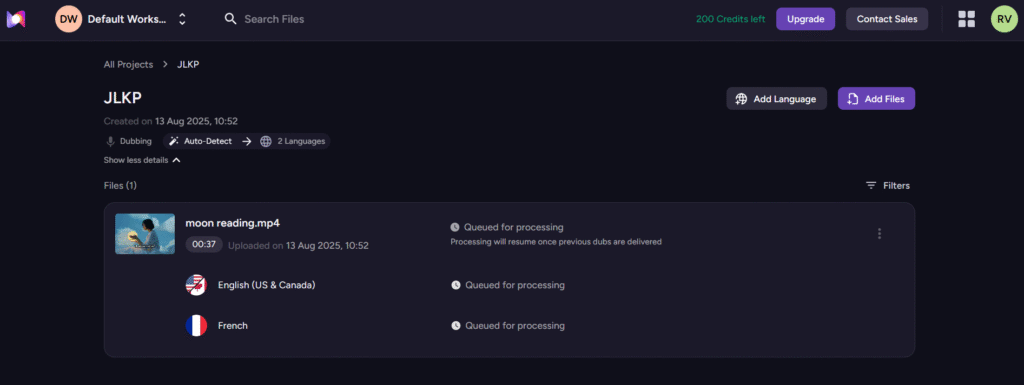
Step 7: Once the processing is complete, click Preview and make any changes you wish.
Click Export if no changes are needed.
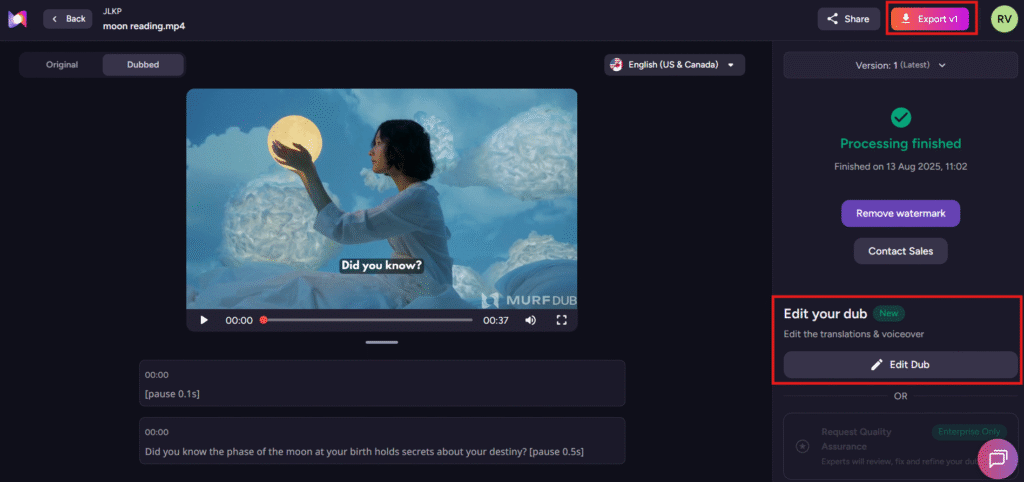
Step 8: Choose all the options from the new window as per your preference, and then click Export.
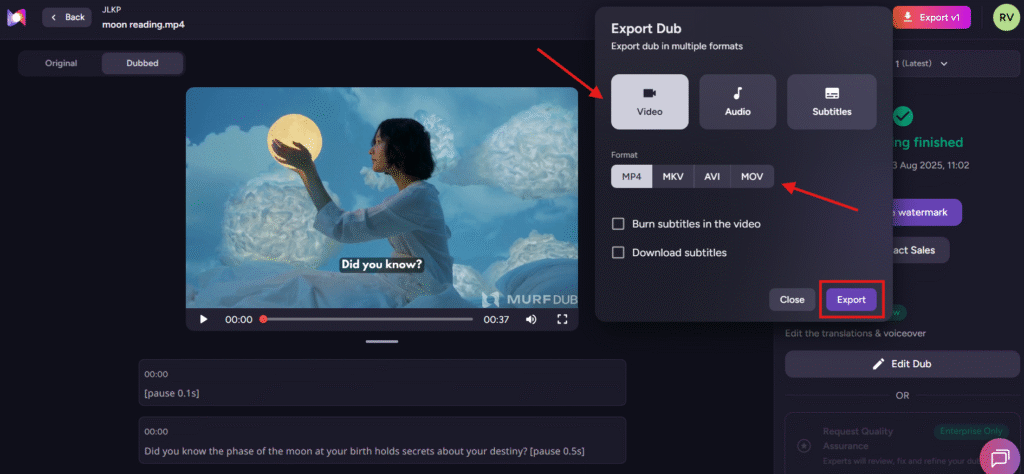
Step 9: Use the download button to save the video to your computer.
Real-World Applications of AI Dubbing
- Streaming platforms localizing shows and movies
- E-learning companies offering courses in multiple languages
- Brands & marketers creating global ad campaigns
- YouTubers & influencers reaching non-English-speaking audiences
The Bottom Line
AI dubbing is revolutionizing video localization, breaking down language barriers, and making content accessible to billions. While it may not fully replace the artistry of human dubbing, it’s a powerful tool for scaling content quickly and affordably.
If you’re a content creator, brand, or educator looking to go global without blowing your budget, AI dubbing is your next big move.
How to Generate AI Text-to-Speech with Emotion
We are revolutionizing communication in the digital age by using AI text-to-speech with emotion.
What is AI dubbing?
How is AI dubbing different from traditional dubbing?
What are the main benefits of AI dubbing?
Can AI dubbing sound natural?
What are the best uses of AI dubbing?
Rohit Kumar is a tech enthusiast and blogger who shares practical tips, insights, and reviews on AI, digital tools, and the latest technology trends.
